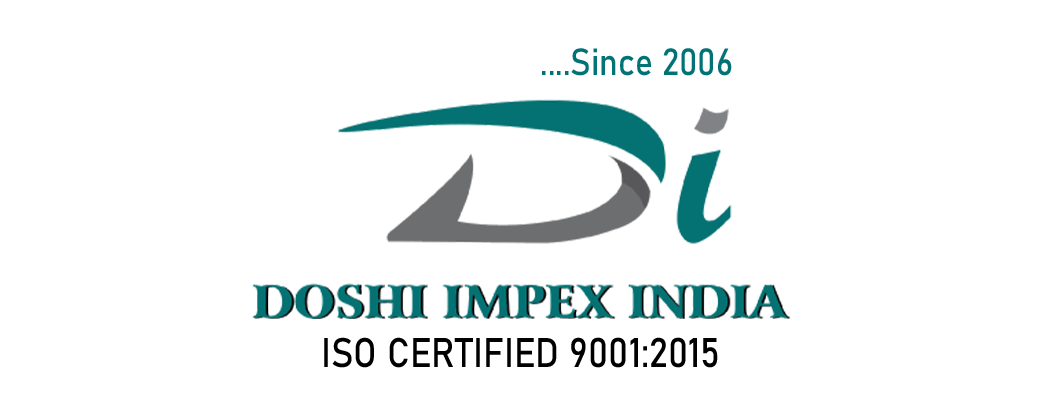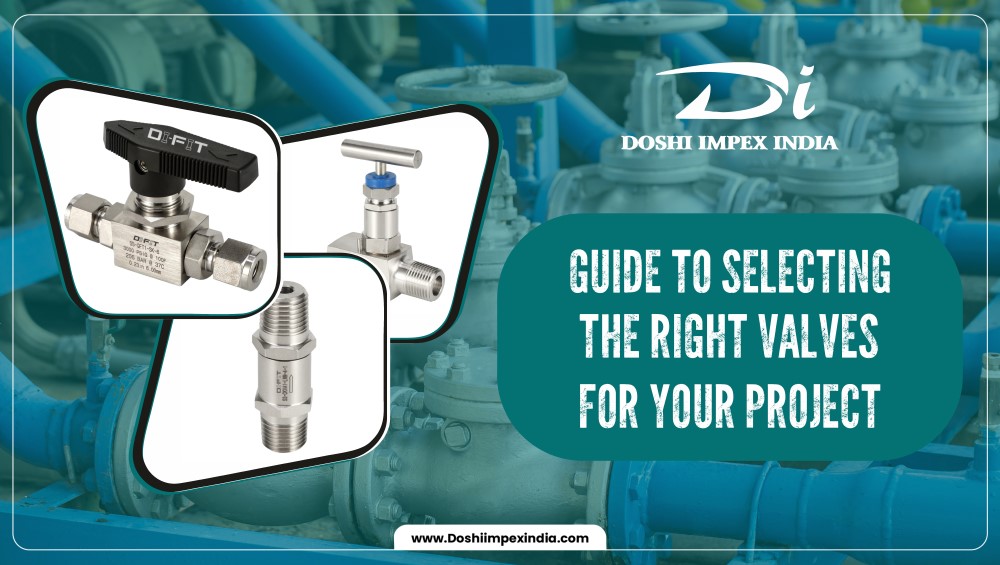Mechanical devices knowns as valves are responsible for the control, regulation, and fluid flow in a system or process. They often have different characteristics that aid in determining their appropriate use. Multiple stainless steel valves are available for different applications and fluids like liquids or gases.
Valves perform a variety of functions like-
- They can initiate or obstruct the flow depending on the valve state
- Controlling the flow and pressure of fluids in a pipe system
- Controlling the flow direction inside a pipe system
- Changing the flow rates in a hydraulic pipe system
- Increasing the safety of a piping system by releasing pressure or vacuum in the system
Choosing the most appropriate valve-
Operators of industrial fluid systems may experience inappropriate or poor fluid system performance, increased downtime, and needless safety concerns if they do not use the suitable valve for the particular application in question.
As a result, valve selection is critical – particularly during the system design stage. Choosing the proper valve from the beginning ensures the system performs better and for a longer period, with minimal likelihood of needing to replace the valve prematurely.
If you want to make the best possible valve selection, try using the STAMPED approach. This method considers factors like size, temperature, application, media, pressure, ends, and delivery. Taking each element into consideration will assist you in making the best decision.
S stands for size
The flow capacity of a valve depends on its size, which must be in proportion to the system’s required flow rate.
If you are still unsure about the right valve size, consult reputed stainless steel valves and stainless steel pipe fittings suppliers in UAE like Doshi Impex India. The experts help you narrow down your valve choices as per project requirements.
T stands for Temperature
When selecting a valve, it is vital to consider the temperature of the system fluid passing through the valve and the ambient operating temperature of the surrounding environment. The choice of the valve will be influenced by whether the temperatures will be steady or will fluctuate most times since temperature variations may cause expansion and contracting of the sealing materials.
A stands for Application
The function that a valve must perform will almost probably dictate your choices. When trying to limit your selections, take notice of the following common valve functions:
- Ball valves are essential for leak proof on or off or shutdown.
- Check valves facilitate fluid flow in one direction to prevent backflow.
- Diaphragm valves enable steadfast shutdown, especially in ultrahigh-purity and high-purity environments.
- Needle valves regulate the flow of fluid in both general-service and severe-service applications.
- Relief valves offer an easy way of protecting equipment from overpressure.
- Rising plug valves remove a blockage from the flow route to attain full flow.
M stands for Media
The working environment of the valve is also taken into consideration while deciding the most appropriate materials for its design. To promote longer service life and improved functioning, select valves best suited to these situations. The failure to do so may result in embrittlement, corrosion, and stress corrosion cracking. It might result in safety problems as well as significant production difficulties.
P stands for Pressure
Any chosen valve must maintain pressure and function as required under different temperature and pressure ranges. The pressure limits of a fluid system are dependent on the component with the lowest rating. Keep this in mind while making your selection of valves.
Also, consider the distinction between words like working pressure ( the usual system operating pressure), and design pressure ( maximum pressure limit of a valve). The operating pressure of any specified fluid system component should never be more than the design pressure of that component.
E stands for End Connection
Maintaining the leak-tightness of valve end connections is crucial. Stainless steel threaded pipe fittings, Integral tube fittings, pipe flanges, welded ends, and other types of end connectors are examples of end connections.
These pipe connectors must be properly sized and suitably rated for the operating pressure and temperature of the system. Choosing the proper stainless steel connector may make installation easy, while also reducing the likelihood of additional leakage.
D stands for Delivery
The ultimate selection decision has nothing to do with the valve but sourcing the valve. Reliability and on-time delivery are equally vital. As a result, be sure to thoroughly research multiple suppliers, verify their service, along with other factors.
Final Words
Reputed stainless steel valves and stainless steel pipe fittings suppliers in UAE like Doshi Impex have experts who understand your system requirements and offer products that ensure improved system uptime and reliability.
 Call +91 9833907060
Call +91 9833907060 Send E-mail
Send E-mail
